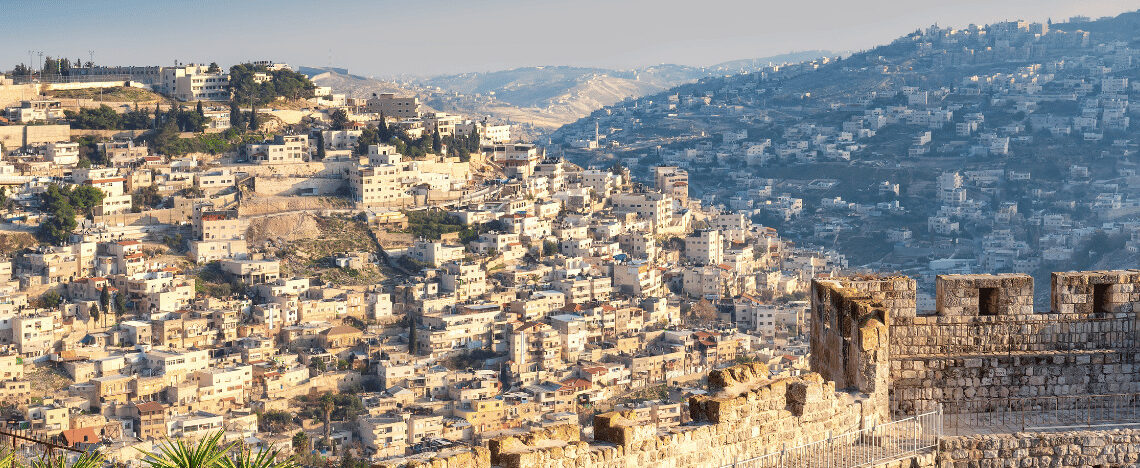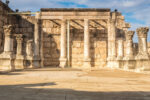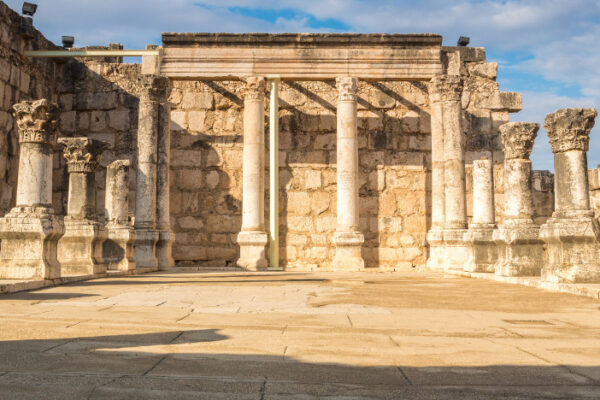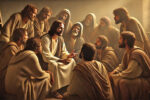Political State
Political State at the time of Jesus
The political landscape of Israel during the time of Jesus, around the 1st century AD, was complex and characterized by a variety of influences, primarily under Roman rule and Jewish religious leadership. Here’s an overview:
1. Roman Occupation
Judea (the broader region that includes Jerusalem) was under Roman control, first as a client kingdom and then as a Roman province from 6 Century AD. The Romans imposed taxes and had the ultimate authority, including the power to appoint and remove local kings and the high priest in Jerusalem.
2. Local Governance
Herod the Great ruled as a client king of Judea under Roman authority until his death in 4 BC. After his death, his kingdom was divided among his sons. Herod Antipas, one of his sons, ruled Galilee and Perea during Jesus’ ministry. The local rulers had significant autonomy in internal affairs but were subject to Roman approval and oversight.
3. Roman Prefects & Procurators
Starting in 6 Century AD, Judea was governed directly by Roman prefects or procurators, who reported to the governor of Syria (largest province of the area). These Roman officials had the authority to enforce Roman law, collect taxes, and were responsible for maintaining peace. Pontius Pilate, the most well-known prefect during Jesus’ time, played a crucial role in the trial and crucifixion of Jesus.
4. Social and Economic Tensions
The period was marked by economic difficulties and marked social differences between the elite and the commoners. Taxes imposed by the Romans and rich people taking over land left the common people poor and unhappy. This often resulted in social unrest and periodic rebellions against Roman authority.
5. Roman Response to Unrest
The Romans often responded to unrest and rebellion with harsh measures, including crucifixions, a common form of execution for rebels and criminals. The destruction of the Second Temple in Jerusalem by the Romans in AD 70, following a Jewish revolt, was a pivotal event that profoundly affected Jewish history and culture.















